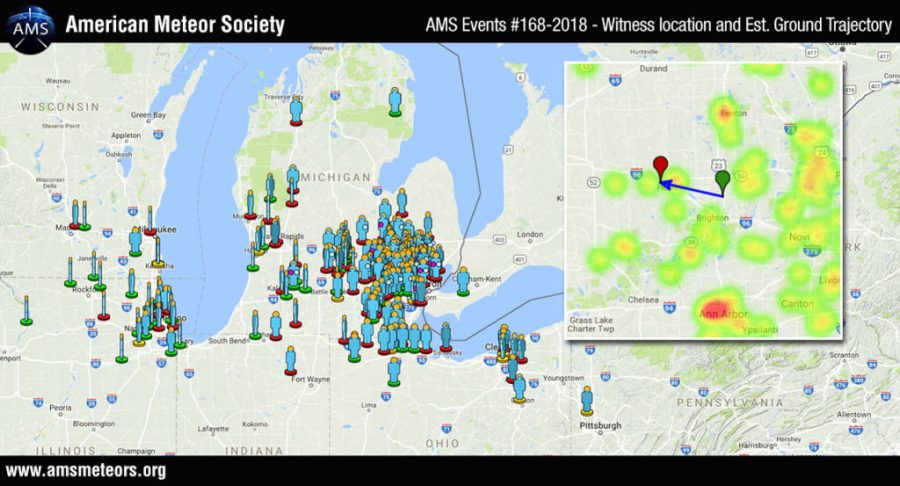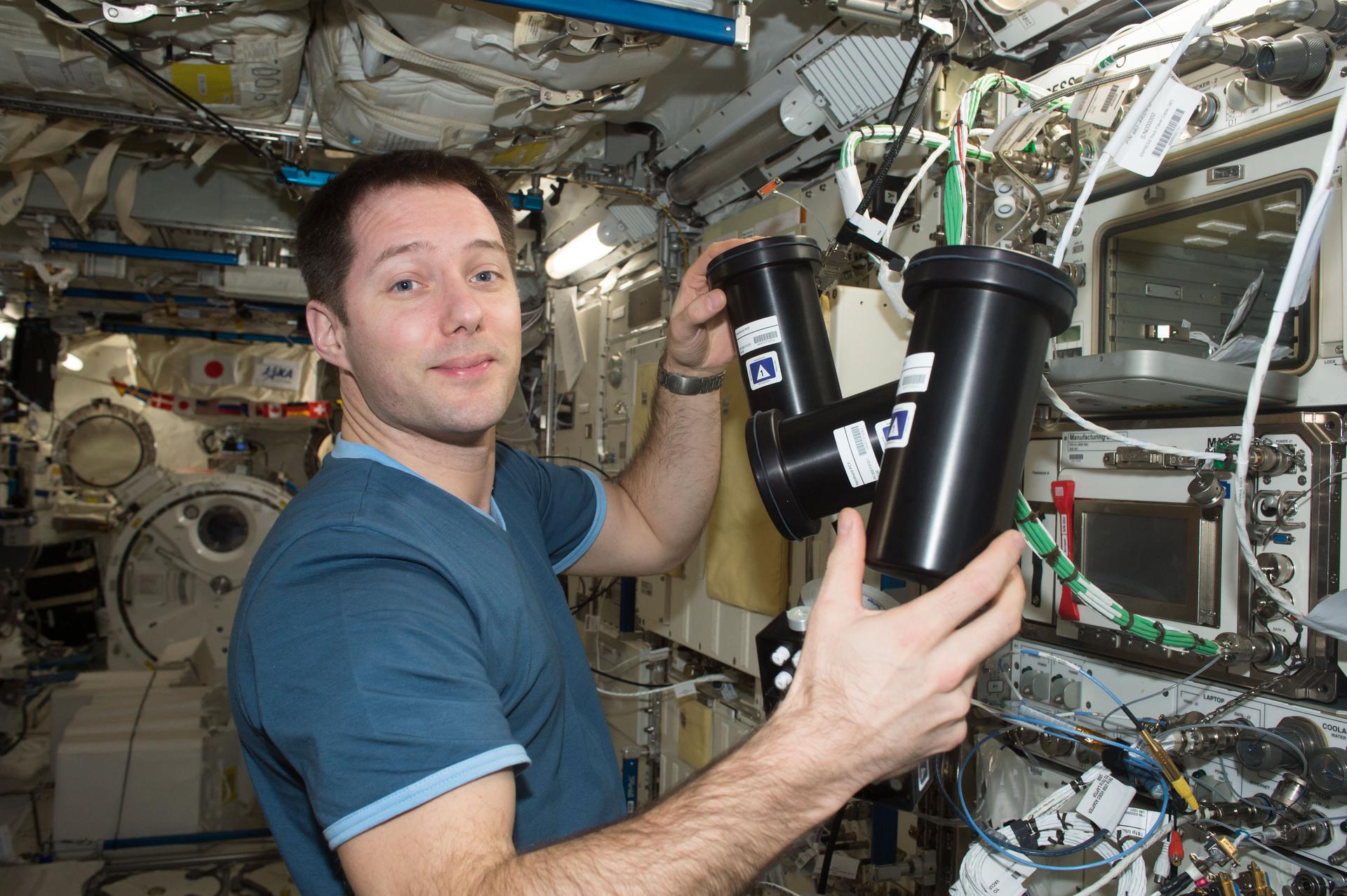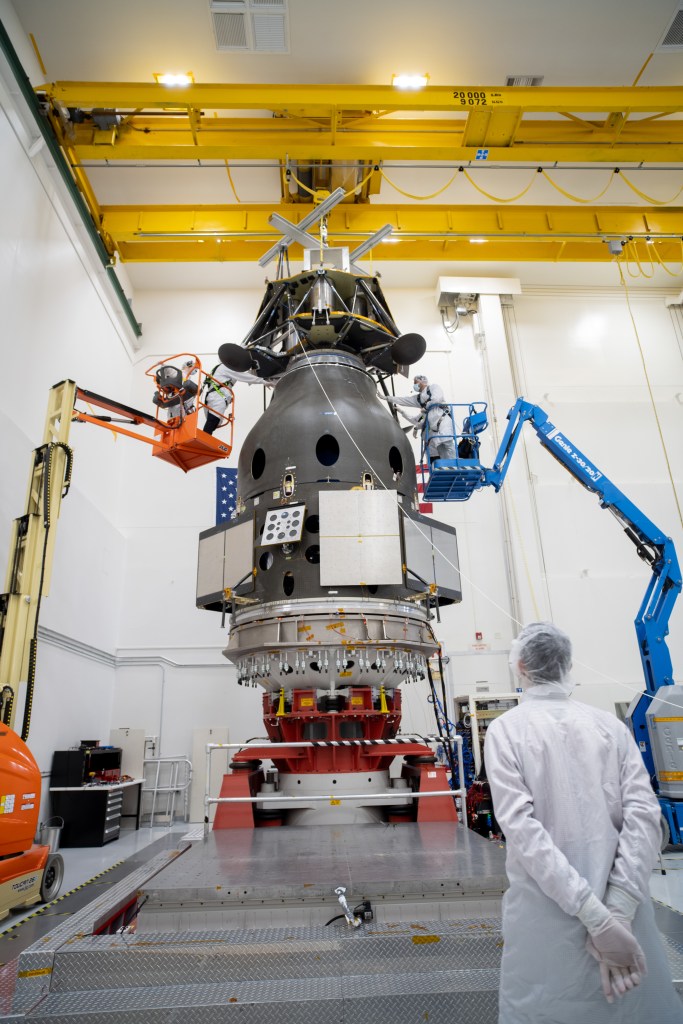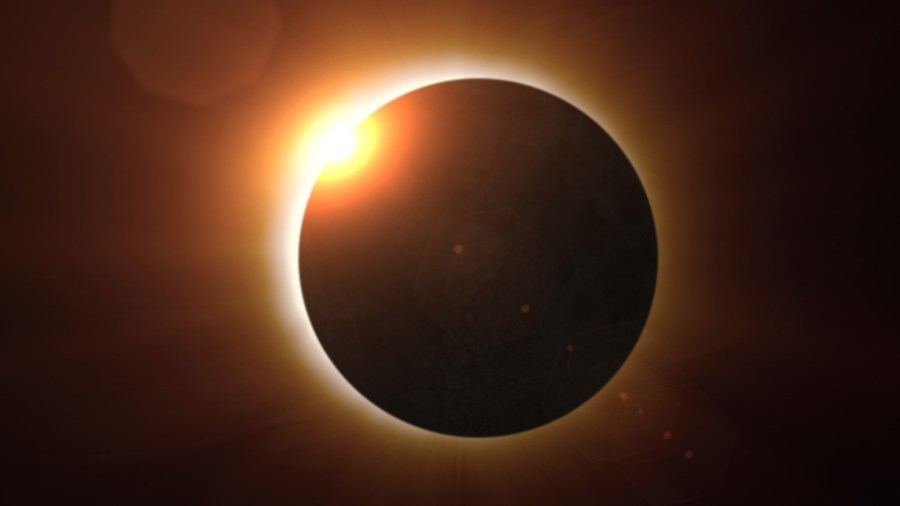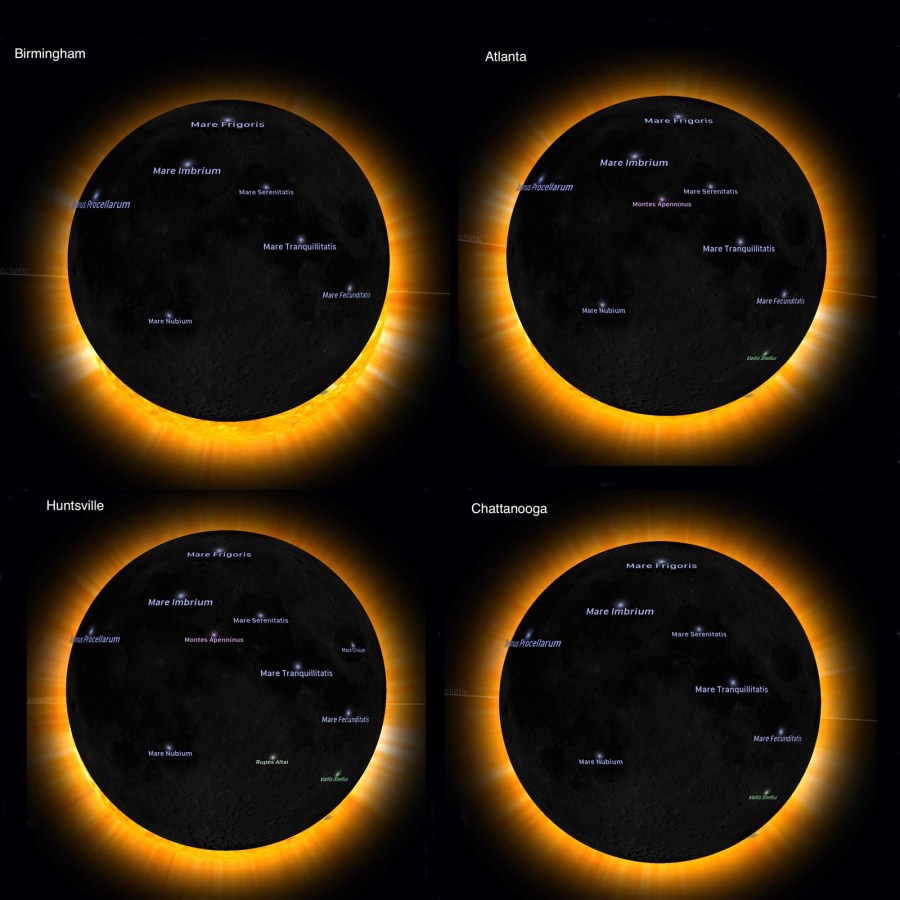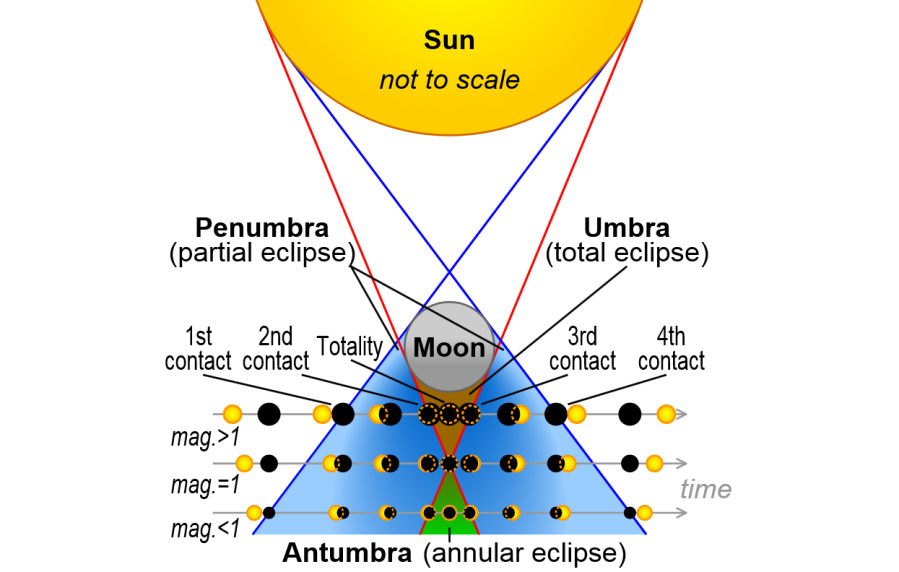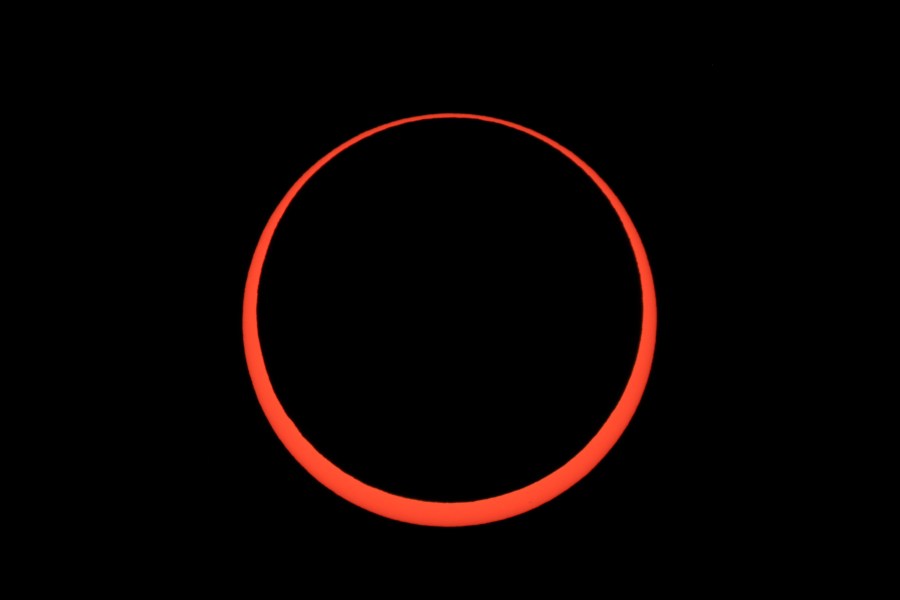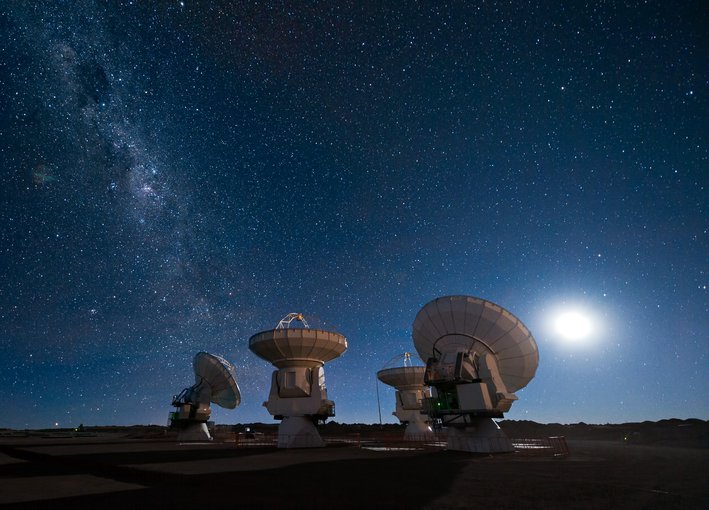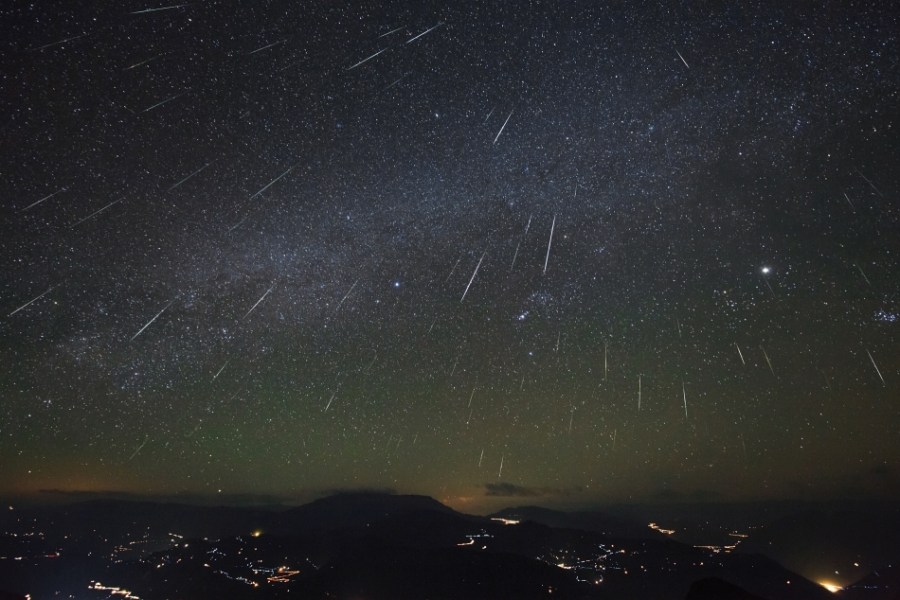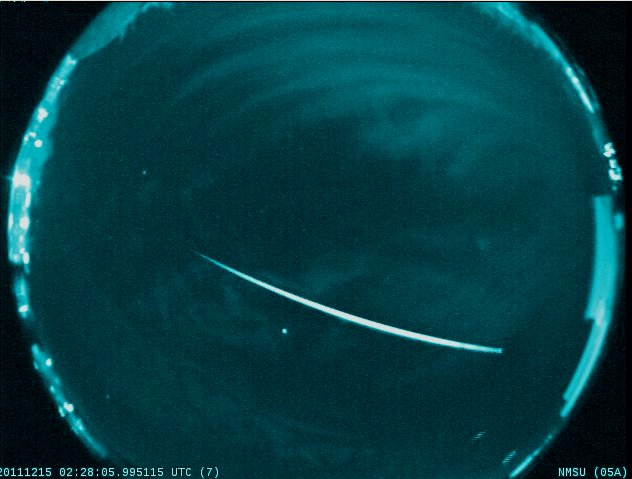A bright fireball lit up skies over Michigan at 8:08 p.m. EST on Jan. 16, an event that was witnessed and reported by hundreds of observers, many who captured video of the bright flash. Based on the latest data, the extremely bright streak of light in the sky was caused by a six-foot-wide space rock …
Bright Fireball Spotted Over Michigan
